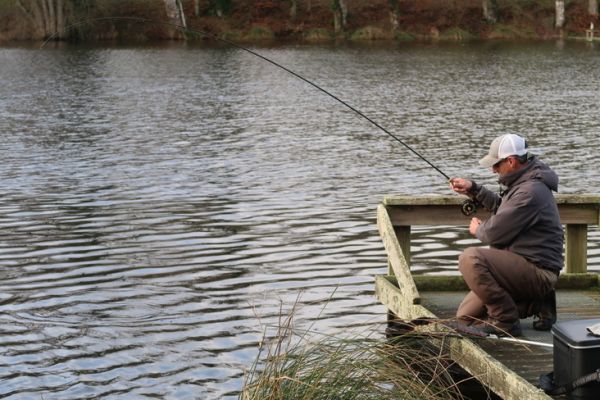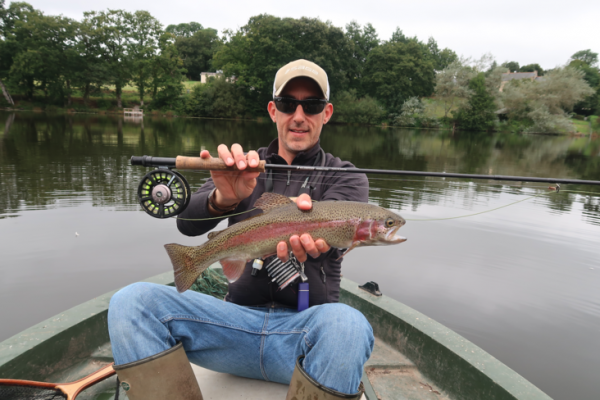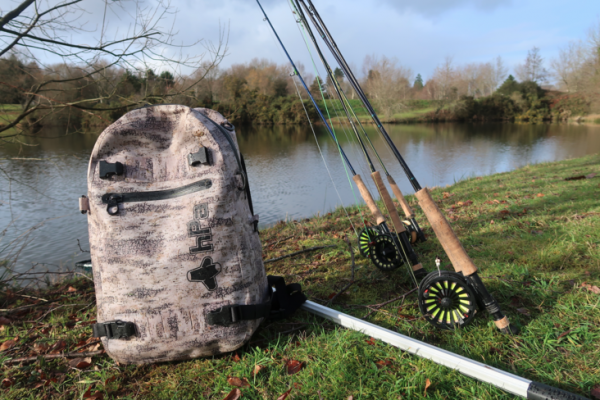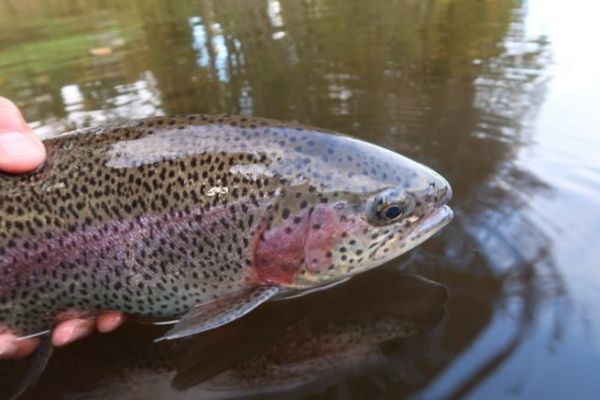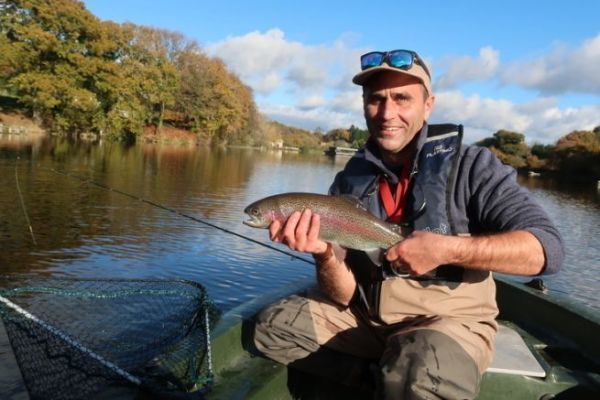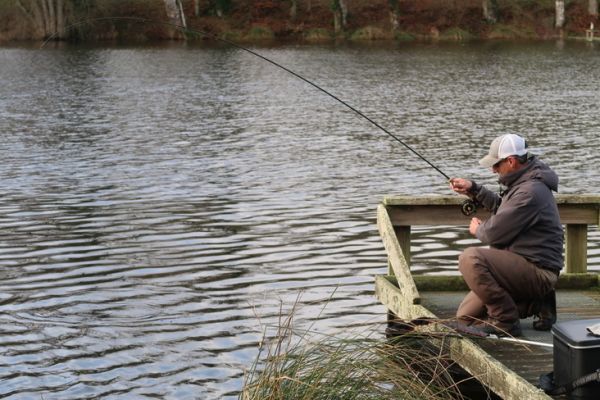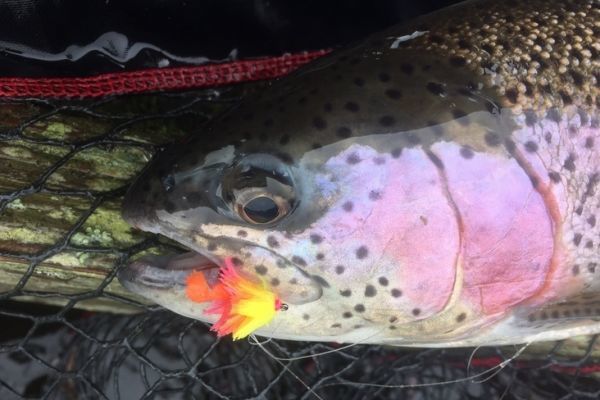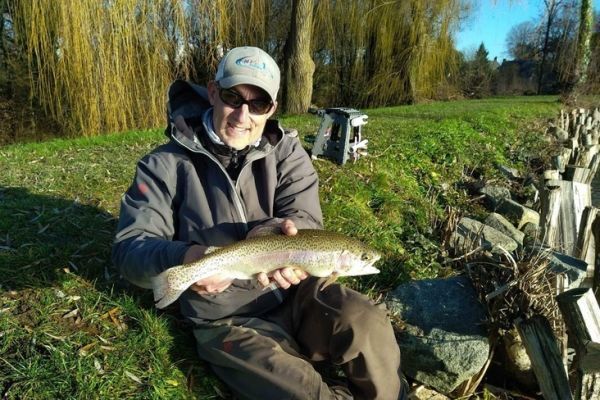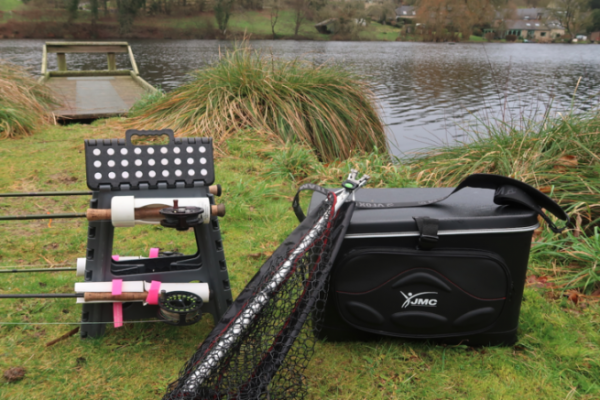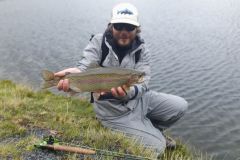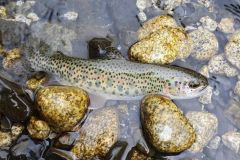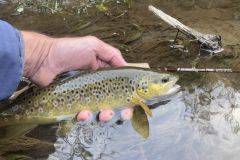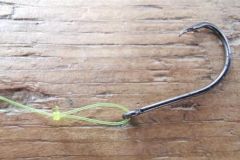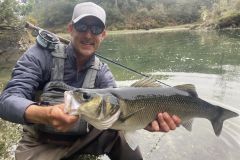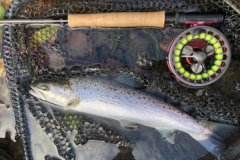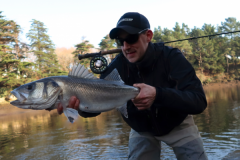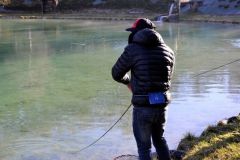What is a "bung"?
A bung is an indicator, float or tassel that supports one or more flies below the surface in static.
This technique allows to maintain several flies unlike a dry fly that would be used as a tandem fly tying, which is rather intended for the use of a fly (not too heavy) in a potence.
Their visibility is increased because of their often "flashy" chartreuse, fluorescent orange color, which allows fishing at greater distances or in low light conditions.
This "corking" fishing technique is often the subject of controversy, but it is allowed in competition (with a hook on the rig) and can be a good way to get ahead in certain conditions.
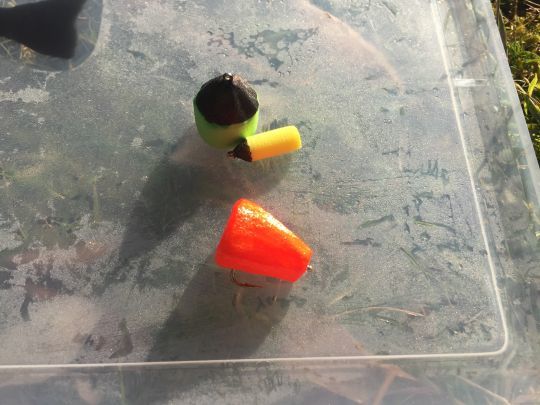
In fishing action, what does it look like?
In this case we use a floating line, a short leader, then a "bung" made by yourself or bought in the shops. They come in many shapes and colors, made either of foam or yarn.
The "bung" is mounted on a pole, then underneath at different heights and intervals, are placed 1 to 3 flies, putting the heaviest at the end to bring down the others and balance the leader.
It is possible to use all the flies you want. Nymphs, "chiros", egg imitations, blobs, but also worms or mop flies.
When the trout takes one of the flies, the "bung" sinks and allows the angler to strike quickly to hook the fish.

Know the fish behaviour and the depth of the fishing station
This is not a prospecting technique, but a static fishing which consists in presenting any fly between 30 cm and several meters of bottom.
It is possible to raise the rod and therefore the flies from time to time to tease the trout, or even to bring them back slowly at times, especially in the absence of wind.
Trout in reservoirs are mainly solicited by flies that are brought back by animation in the form of pulling, striping, knitting. Fish can get tired of them, be wary and a static presentation can suit them.
Once you have found an interesting area and the bites are getting fewer, offering them static flies often makes a difference. However, you have to know how deep the trout are and find what they want.
This technique works all year round, because it allows you to fish both near the surface and near the bottom.
The trout even gobble up the bung itself from time to time, which seems unlikely! That's why they are often mounted on hooks.
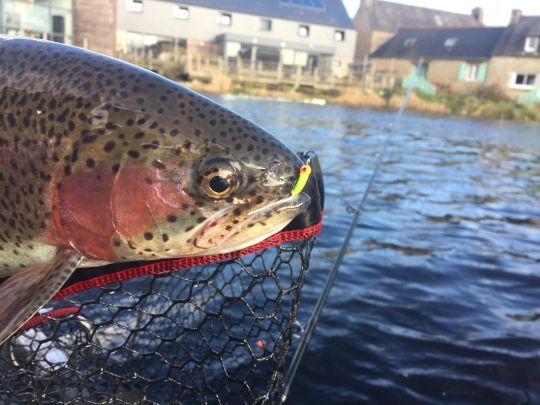
Making the right choice of flies
As with other reservoir fishing techniques, you will need to find the right fly patterns to attract trout.
If the chiros hatchings are shy, but present, one or two chiro imitations can work, nevertheless, anglers often tend to provoke trout with very specific, very mobile flies that can work alone without animation.
Eggs, blobs, worms, and mop flies are ideal. Trout love them and fish very effectively in static.
The spacing of the flies will depend on the conditions of the moment and will allow the angler to find the right layer of water. Do not hesitate to change flies and fishing heights regularly until you find what works best. Some days the catches can be linked together.
The touch is characterized by a movement of the bung. Often it sinks more or less quickly like a float. This reminds us of our first attempts at fishing when we were young.
A complementary fishery to know and discover for the reservoir fisherman who wants to be versatile.

 /
/ 